The Russia-Ukraine conflict is still going on with a stalemate. In the sky, dividing Ukraine, there are other invisible battles taking place fiercely.
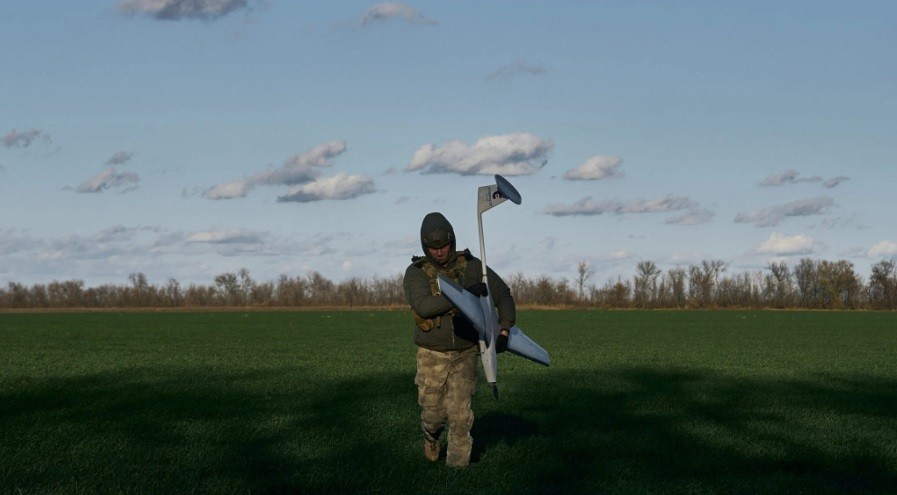 |
Ukrainian military operates a Punisher drone to attack military targets in the area near Vuhledar, Ukraine, November 7, 2023. (Source: Getty) |
Both Russia and Ukraine are constantly updating and developing new generations of unmanned aerial vehicles (UAVs) and counter-UAV tactics. UAVs often use radio communications to control and transmit important intelligence gathered to commanders, artillery batteries, and missile launchers. Therefore, both Russia and Ukraine have increased their electronic warfare activities with the aim of jamming radio frequencies and misleading and diverting missiles to destroy UAVs. Ukraine alone loses about 5,000-10,000 UAVs per month.
In fact, this game of “cat and mouse” moves very quickly.
Continuously upgrading
At a recent annual conference on electronic conflict, Ukrainian and NATO experts said that technology needs to be upgraded every eight weeks. “The electromagnetic environment in eastern Donbas is the most complex in the world, ” said Air Commodore Blythe Crawford, commander of the Royal Air Force’s Air and Space Warfare Center (ASWC). “If you’re on version 1.1, you’ve got eight weeks before you have to roll out version 1.2.”
Visiting the latest UAV models at the conference, Captain Iaroslav Kalinin, a Ukrainian reserve officer and technology entrepreneur, admitted: “Everything displayed here will become obsolete in the next two months.”
Large military UAVs such as Türkiye's Bayraktar TB2, which were popular at the start of the conflict, have now given way to mini drones.
Many UAVs now even use first-person view (FPV drone) mode - a mode in which the operator can use virtual reality (VR) glasses to observe as if observing directly from the UAV.
Both Russia and Ukraine use high-speed FPV drones as special smart bombs. Captain Iaroslav Kalinin revealed that the Ukrainian side even uses FPV drones as interceptors to destroy large Russian UAVs.
Major General Blythe Crawford said that the side that will prevail will be the one that can implement innovation the fastest. But will it be Russia or Ukraine? Major General Borys Kremenetskyi, Ukraine’s military attaché in Washington, said Moscow is also learning and adjusting tactics very quickly.
According to Major General Borys Kremenetskyi, when the conflict broke out, the Ukrainian side faced a large force of tanks, troop carriers, and trucks that poured into the territory. This force was then easily stopped when it encountered stronger resistance than expected.
As the conflict continued, Russia adopted a Cold War-style mechanized approach with ground attacks. At the same time, Russia continued to launch missile and drone attacks on Ukrainian cities. Kremenetskyi said Russia also carefully changed its flight paths after each attack and used reconnaissance drones to identify weak spots in Ukraine’s robust air defenses.
In cyberspace, Russia began its campaign by attacking the Ukrainian military’s ViaSat communications network, forcing Kiev to rely on Elon Musk’s Starlink satellite system to save the day. The Starlink system is remarkably resilient to attacks and jamming.
Major General Kremenetskyi warned that Russia has been looking for areas with high “Internet traffic” and other signs that Starlink terminals are online, then targeting them for attacks.
However, Mr. Kremenetskyi believes that Ukraine can adapt faster than Russia. “The ability to innovate is one of our strengths. In particular, after heavy losses after Russia’s offensive in Crimea and eastern Donbass in 2014, Ukraine reformed its armed forces, allowing its frontline troops, soldiers who operate in the trenches and control UAVs, to be more innovative.
“We give a lot of authority to the junior officers. Our soldiers do not have to wait for orders from the headquarters… They can use their initiative right in the field. That is one of our advantages,” he said.
Race of innovation models
Russia successfully jammed and paralyzed Ukraine’s command systems in 2014, but that has not happened in 2022. “Russia used to be the world leader in this type of activity,” said Jeff Fischer, a former US Air Force officer. “That’s no longer the case.”
"The technical specifications of Russian-made systems are certainly impressive, and the samples captured by intelligence agencies have performed admirably in field tests. But that is when they are operated by US-trained forces with top-notch technical support. In a real conflict environment that is difficult and unpredictable, with inconsistent maintenance and a fatigued, under-trained force, the actual combat performance will be much worse," said expert Jeff Fischer.
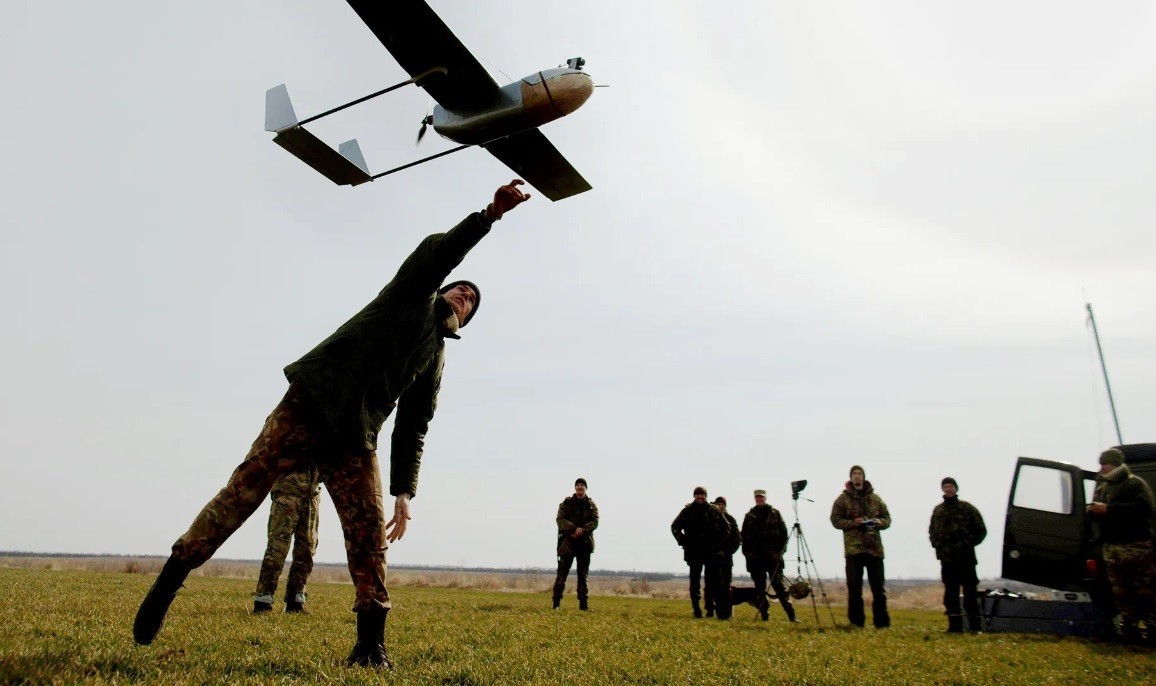 |
| Mini drones are increasingly being used in the field by Russia and Ukraine. (Source: Wired) |
According to expert Fischer, at first, Russia encountered many difficulties. But the reality of fierce fighting forced Russia to change and adapt, learn and train.
What Russia lacks, argues Major General Blythe Crawford, is bottom-up initiative. But the country can make up for that with its ability to mobilize all available resources to serve President Vladimir Putin’s goals.
"Therefore, instead of asking whether Russia or Ukraine is leading, this can be seen as a race of innovation models. Ukraine implements a bottom-up innovation model in the Western style, while Russia deploys a top-down model with strong support from the defense industry.
As the conflict continues to evolve and the West's resolve to support Ukraine becomes increasingly uncertain, it remains difficult to predict which model will ultimately prevail," said Major General Blythe Crawford.
Source




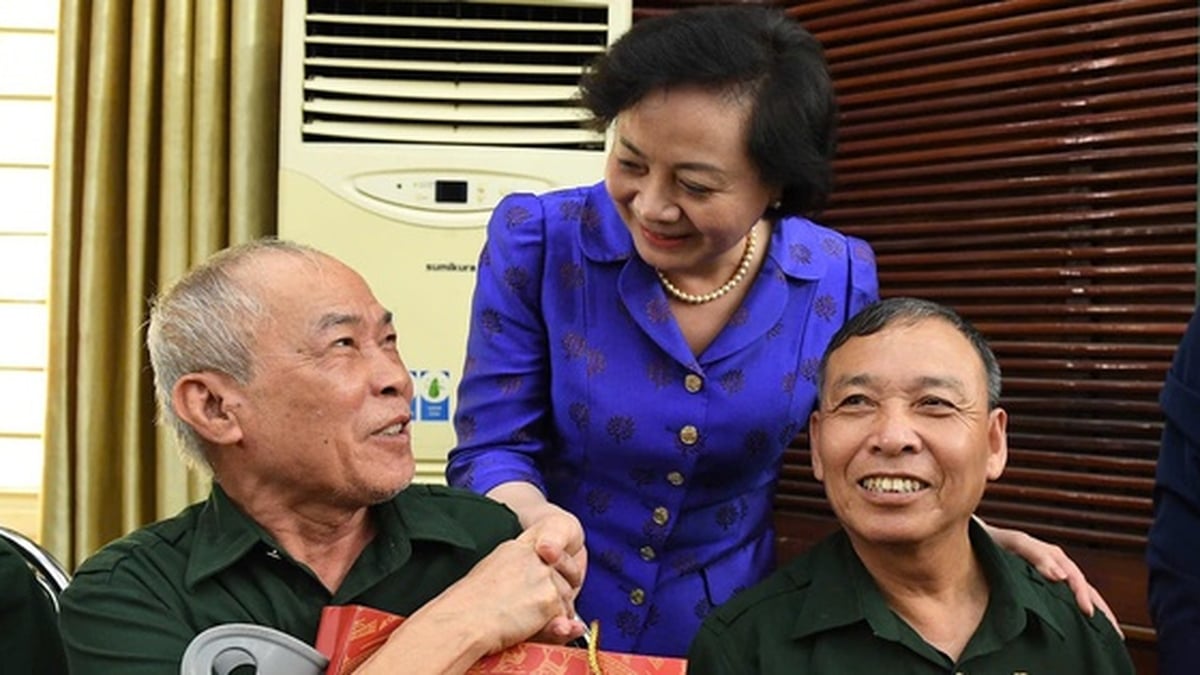
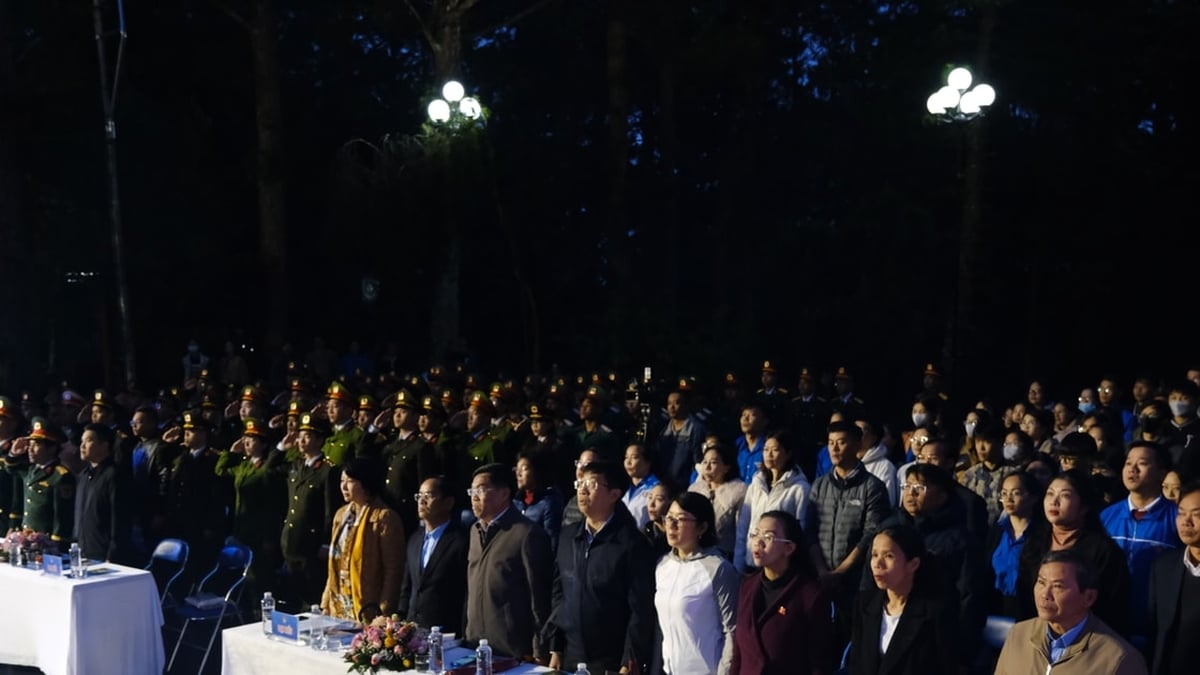

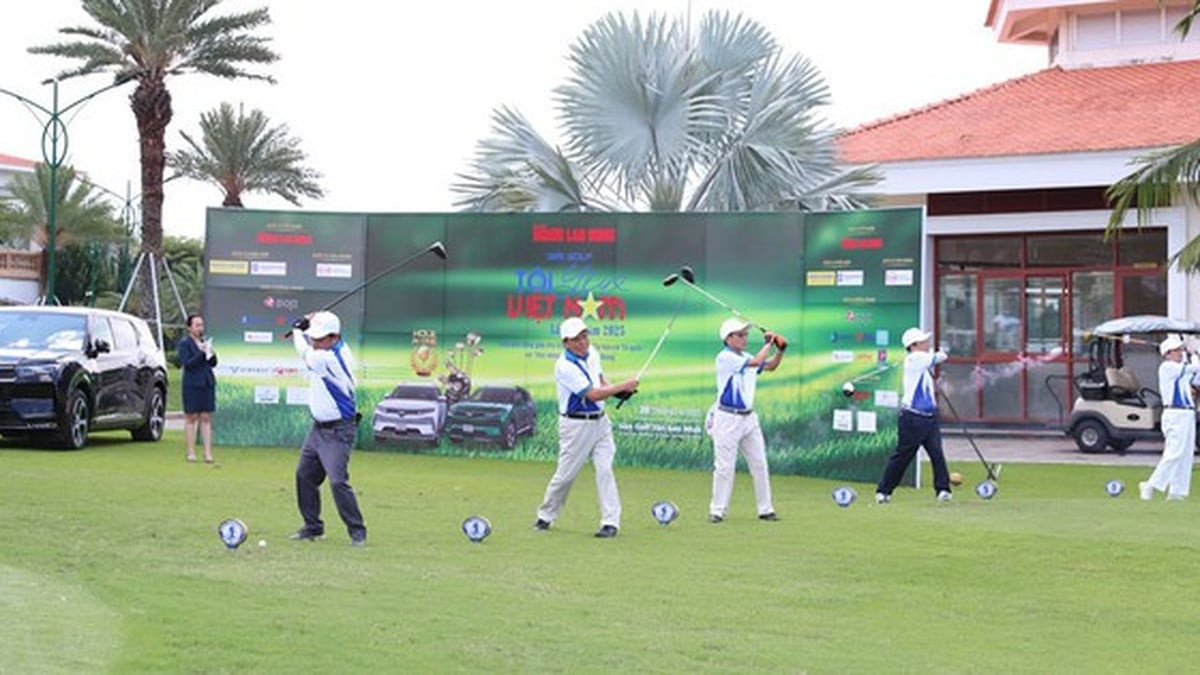

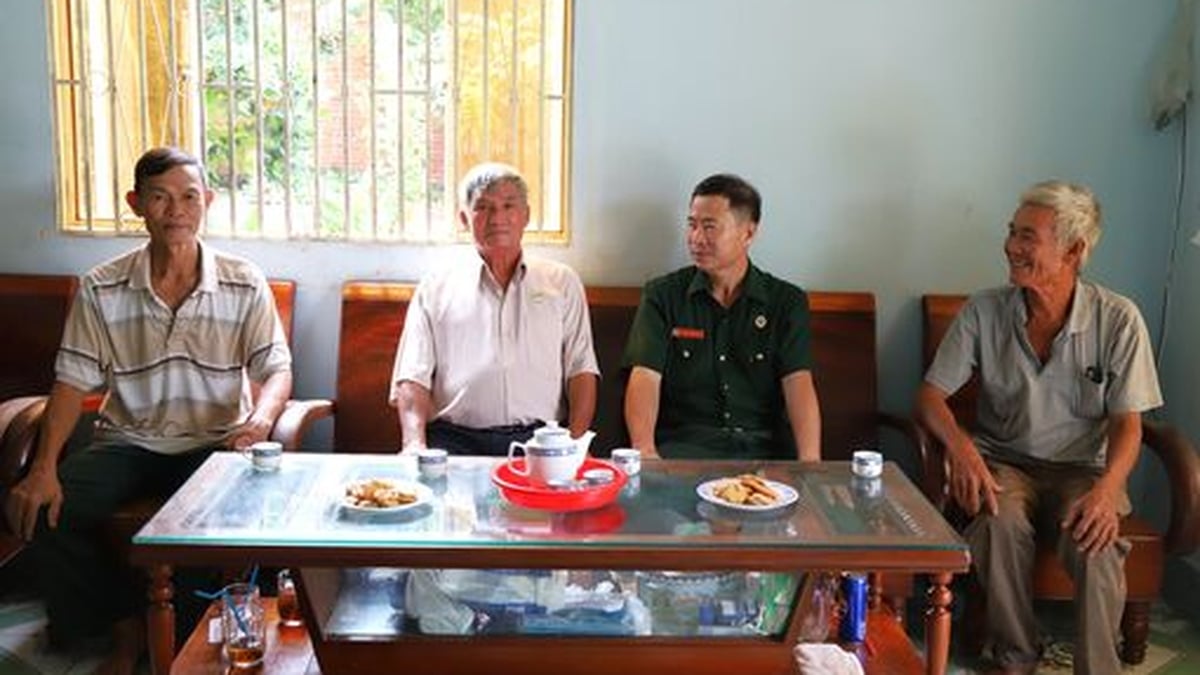
































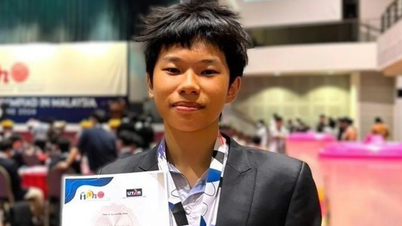

























![[Photo] National Assembly Chairman Tran Thanh Man receives Chairman of Morocco-Vietnam Friendship Association](https://vphoto.vietnam.vn/thumb/402x226/vietnam/resource/IMAGE/2025/7/26/b5fb486562044db9a5e95efb6dc6a263)

































Comment (0)